5 Tips for Maxing Out the Benefits of Alu Foil in Your Kitchen
Alu foil, a versatile staple in many kitchens, extends its utility far beyond simple food wrapping. From preserving freshness to simplifying cooking and cleaning, this remarkable material can enhance your culinary experience in numerous ways. In this article, we will explore five essential tips that will help you maximize the benefits of alu foil in your kitchen. Whether you are looking to streamline your meal prep, create perfect portions, or even assist with baking, understanding the multifaceted uses of alu foil can transform how you approach cooking and food storage. These tips will not only save you time and effort but also improve the flavors and presentation of your dishes. Get ready to discover the full potential of alu foil and elevate your cooking game!
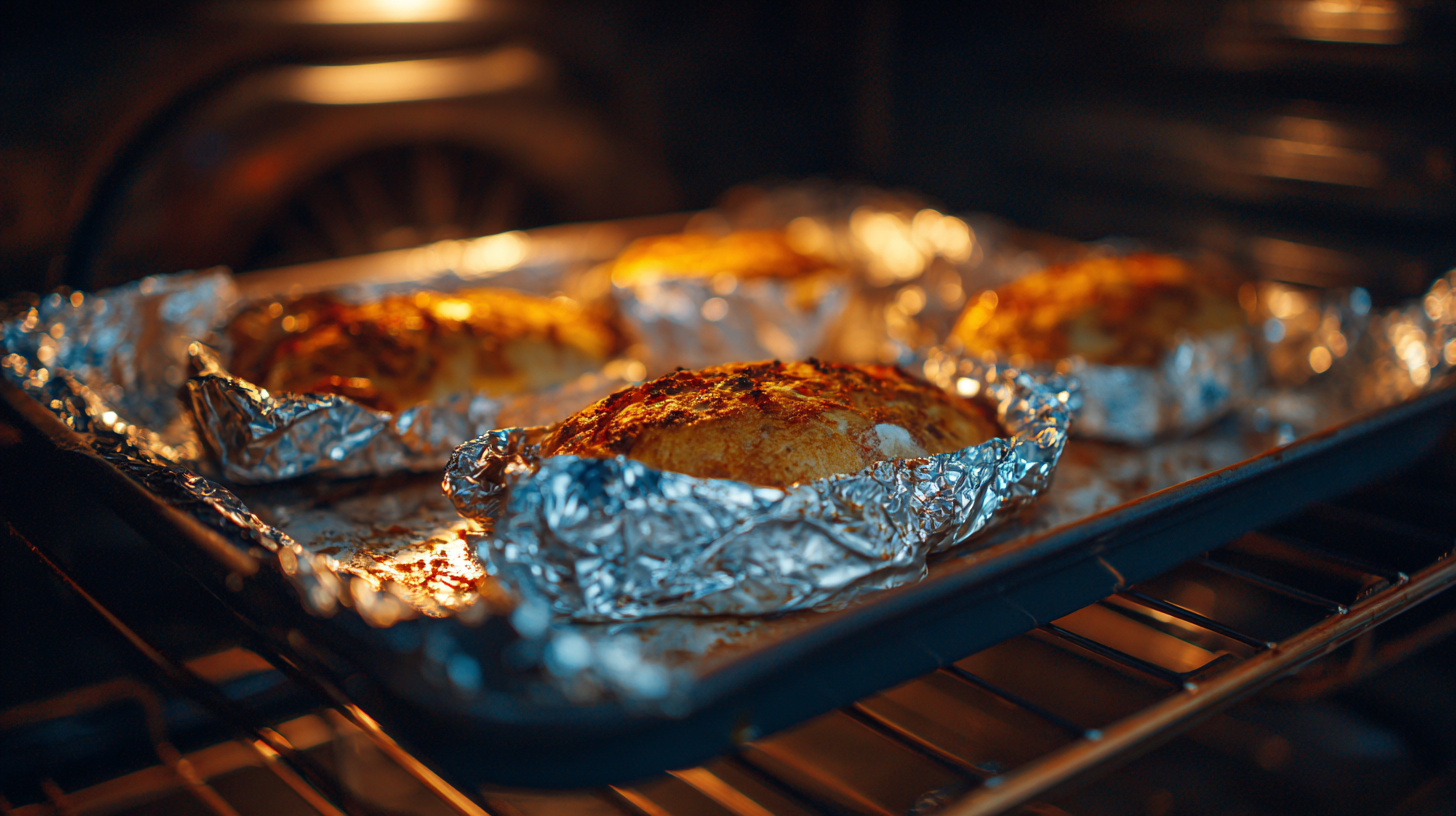
Choosing the Right Type of Aluminum Foil for Your Cooking Needs
When it comes to choosing aluminum foil for your kitchen, understanding the different types available can enhance your cooking experience. Regular aluminum foil is great for general use, ideal for covering dishes, wrapping food for storage, or lining baking sheets. It’s affordable and versatile, making it a staple in most kitchens. However, for specific tasks, such as grilling or roasting, you may want to consider heavy-duty aluminum foil, which is thicker and more resilient. This type can withstand high temperatures and maintain the integrity of your food while it cooks.
Additionally, if you're looking for eco-friendly options, you might explore reusable aluminum foil alternatives or specific brands that emphasize sustainability in their production process. Some foils are designed for specialty tasks, like non-stick aluminum foil that prevents food from sticking, making it perfect for baked goods. By selecting the right type of aluminum foil for your cooking needs, you can maximize its benefits and ensure your culinary creations turn out just as you planned.
Creative Uses of Aluminum Foil Beyond Wrapping Food
Aluminum foil is a versatile tool in the kitchen, offering numerous creative applications that extend beyond merely wrapping food. One innovative use is to line trays and baking sheets, not only to prevent food from sticking but also to make cleanup a breeze. Additionally, you can create makeshift funnels or piping bags for intricate decorations and sauces, utilizing the malleability of the foil to suit your culinary needs.
When it comes to maximizing the benefits of aluminum foil, consider these tips: first, use it to reflect heat while cooking, which can help maintain an even temperature and enhance cooking efficiency. Second, try using aluminum foil to cover dishes in the refrigerator, as it helps reduce moisture loss and preserves food freshness. Lastly, experiment with crafting covers for food items in the microwave, allowing for better steam circulation while preventing splatters.
In a world increasingly focused on sustainability, finding alternative applications for everyday items like aluminum foil can align with eco-friendly packaging initiatives. As brands explore innovative solutions in the quest for greener products, thinking outside the box with commonly used materials can pave the way for more environmentally conscious practices in our kitchens.
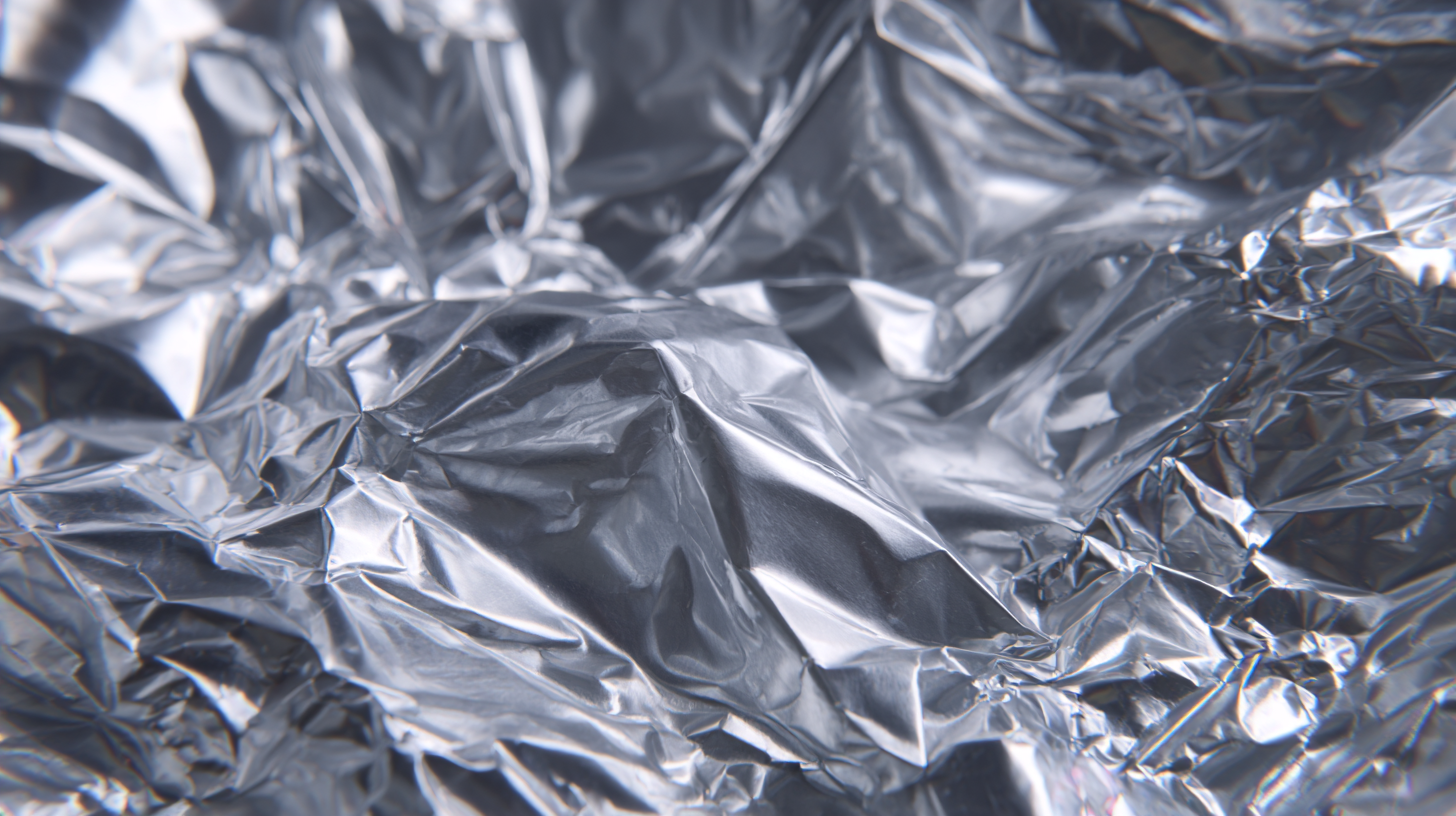
Tips for Storing and Handling Aluminum Foil in Your Kitchen
 When it comes to storing aluminum foil in your kitchen, organization and proper handling are key to maximizing its benefits. A common tip is to keep your foil in a designated drawer along with other food storage items like bags and containers, reducing clutter and making it easy to access when needed. According to food storage experts, wrapping items such as freshly bought lettuce in aluminum foil can extend their shelf life for up to 30 days by minimizing moisture loss and oxidation. This clever technique not only preserves the freshness of your produce but also optimizes your kitchen's storage capabilities.
When it comes to storing aluminum foil in your kitchen, organization and proper handling are key to maximizing its benefits. A common tip is to keep your foil in a designated drawer along with other food storage items like bags and containers, reducing clutter and making it easy to access when needed. According to food storage experts, wrapping items such as freshly bought lettuce in aluminum foil can extend their shelf life for up to 30 days by minimizing moisture loss and oxidation. This clever technique not only preserves the freshness of your produce but also optimizes your kitchen's storage capabilities.
Additionally, the debate over whether to use the dull or shiny side of aluminum foil often arises, with professionals noting that there is no significant difference in performance for food storage or cooking. However, for specific tasks—like wrapping food to keep it fresh—the shiny side can reflect heat and help retain it. This insight emphasizes the versatility of aluminum foil in the kitchen, as it can be utilized beyond just cooking and food storage, offering a multitude of hacks for household organization and efficiency. By strategically using and storing aluminum foil, you can enhance both food preservation and workspace management in your kitchen.
Maximizing Heat Retention and Flavor with Aluminum Foil Techniques
Aluminum foil is a versatile kitchen tool that not only helps with food storage but also plays a significant role in retaining heat and enhancing flavor during cooking. One of the most effective techniques is wrapping food tightly in foil before baking or grilling. This method traps steam, allowing moisture to circulate around the dish, which in turn keeps the food juicy and flavorful. For instance, wrapping seasoned vegetables or marinated meats in aluminum foil creates a mini-oven effect, intensifying the taste as the ingredients simmer in their own juices.
Another way to maximize heat retention with aluminum foil is to create a makeshift lid for casseroles or roasting pans. By covering the dish with foil during the first phase of cooking, heat is concentrated, ensuring that the food cooks evenly while preventing the surface from drying out. This is especially useful for dishes that contain layers of ingredients that require different cooking times. Once the dish is nearly done, removing the foil for the last few minutes allows for browning, giving your meal an appealing texture and a rich flavor that results from the caramelization process. These aluminum foil techniques elevate everyday cooking, ensuring that every dish is both delicious and perfectly cooked.
Safety Considerations: Using Aluminum Foil for Cooking and Storage
When utilizing aluminum foil in your kitchen, safety considerations are paramount.
Studies have shown that while aluminum foil is commonly used for cooking and food storage, improper usage can lead to the leaching of aluminum into food, which has raised health concerns. The World Health Organization (WHO) suggests that the average adult can safely consume up to 1 mg of aluminum per kilogram of body weight per week. However, it’s essential to minimize exposure, especially when using aluminum foil for cooking acidic foods like tomatoes or citrus, which can enhance aluminum migration.
Additionally, proper handling and storage of aluminum foil can prevent potential hazards. The Food and Drug Administration (FDA) advises against using aluminum foil in microwave ovens, as it can lead to sparks and fires, particularly if it comes into contact with the appliance's walls. When storing food, it's best to avoid wrapping moist foods directly in aluminum foil; instead, place a barrier like parchment paper between the food and the foil to reduce the risk of chemical reactions. Ensuring these safety measures are followed can help you enjoy the benefits of aluminum foil while mitigating health risks.
Related Posts
-
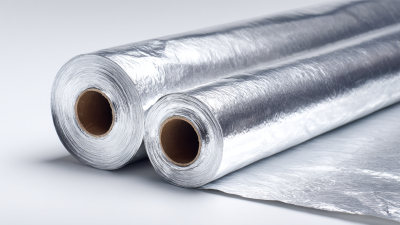
How to Effectively Use Aluminium Foil in Your Kitchen for Optimal Cooking Results
-
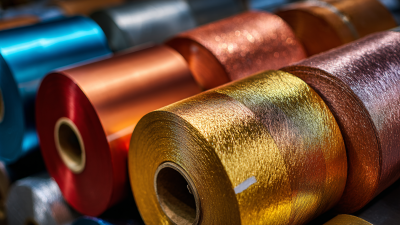
Unlocking Opportunities: Aluminum Wrap Market Insights at the 138th China Import and Export Fair 2025
-
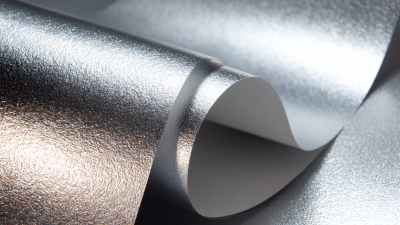
Why Silver Foil Paper Is the Secret Ingredient for Stunning Packaging
-
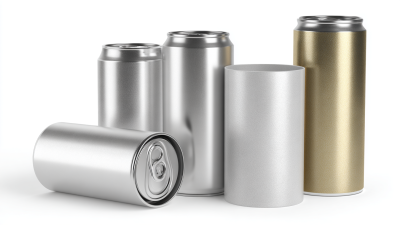
What is the Role of Aluminium Packaging in Modern Sustainability?
-
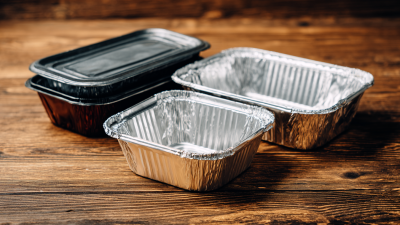
How to Choose the Right Foil Container for Your Food Packaging Needs
-
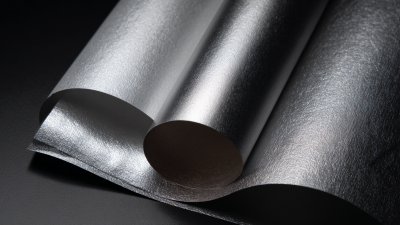
Exploring Silver Foil Paper Trends and Market Dynamics at the 138th Canton Fair 2025 in China
